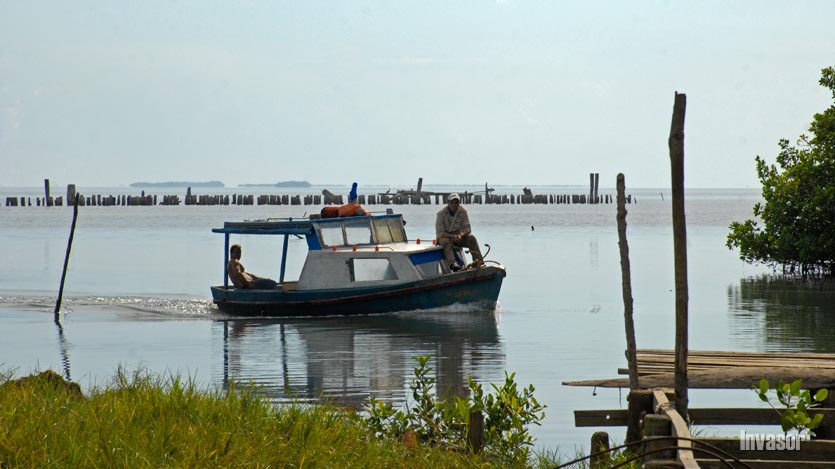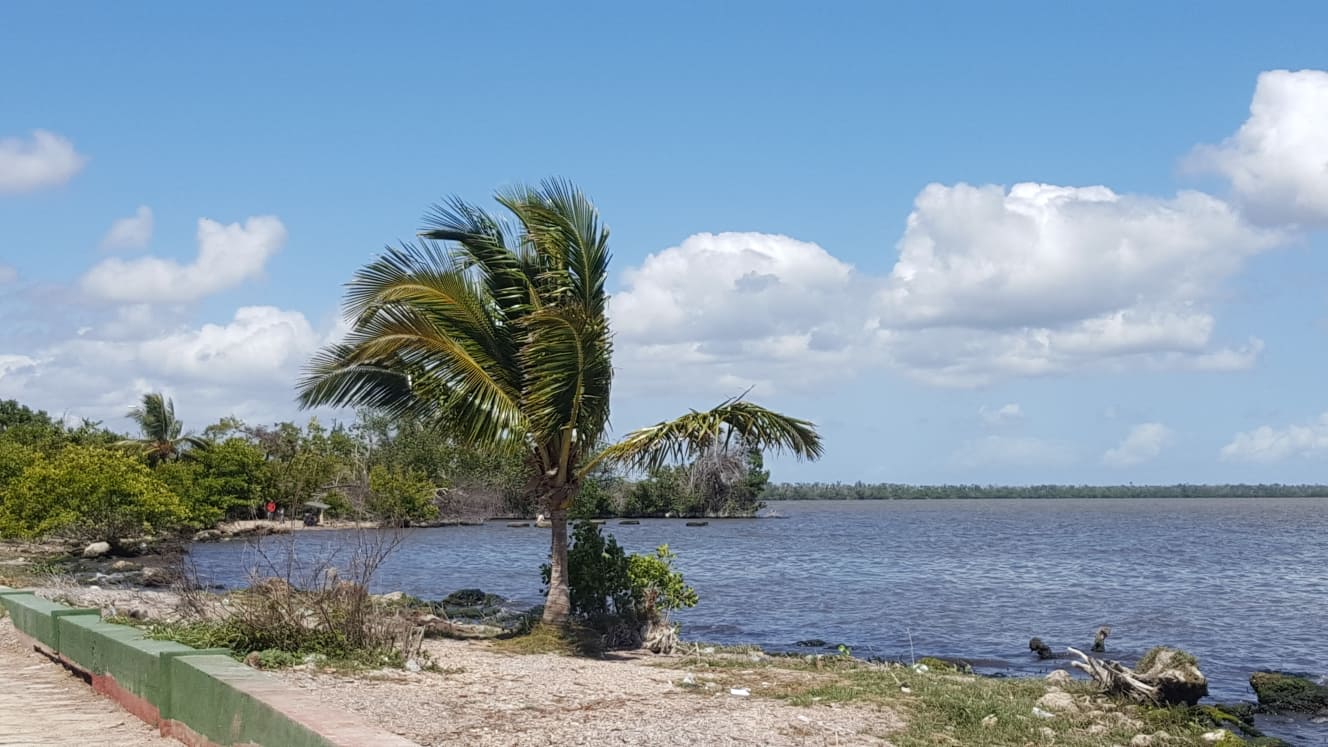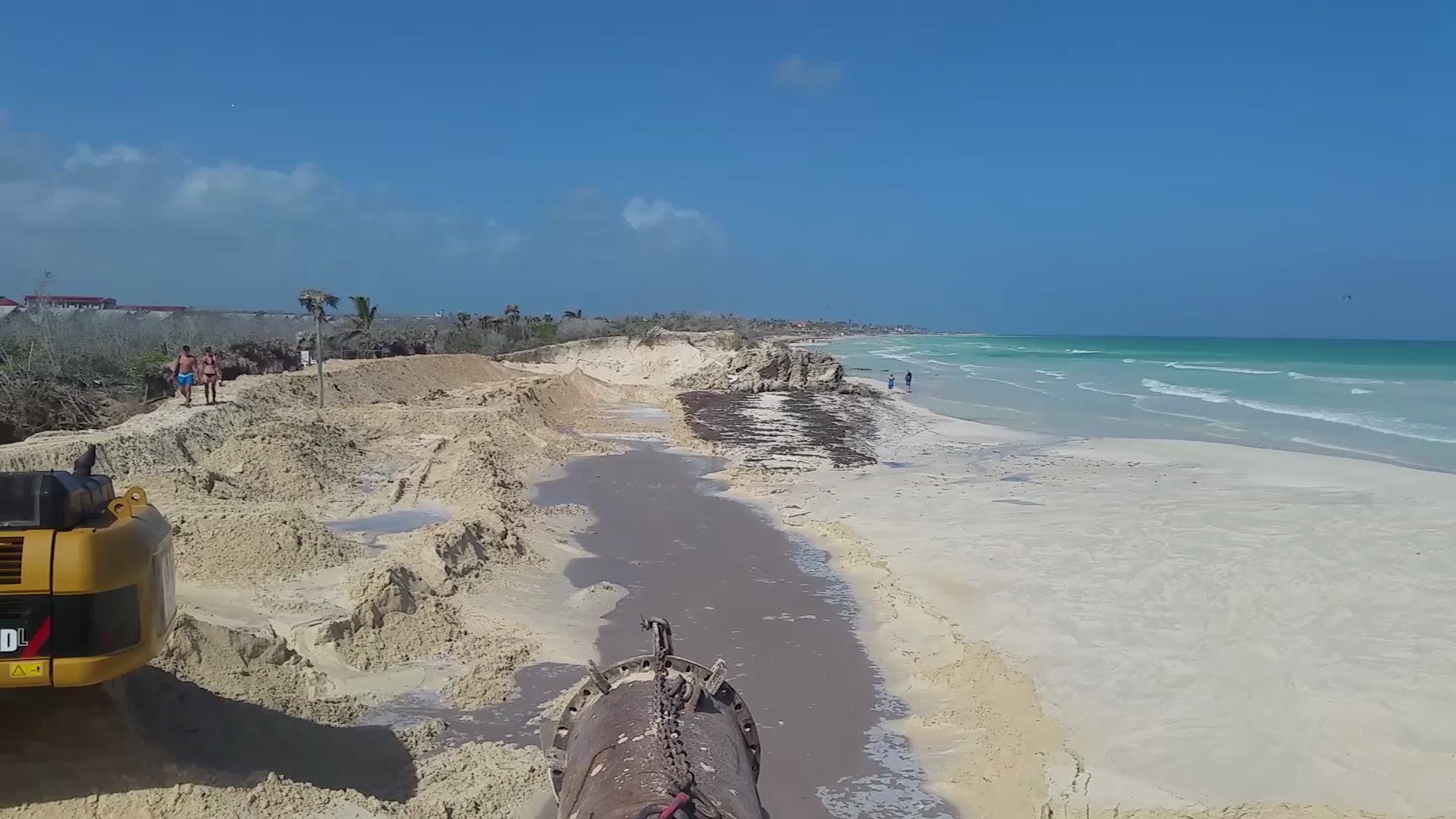
A new approach to scientific work to face climate change will allow the Workshop "Partial results of projects financed by the National Environment Fund", which will meet on December 2 and 3 in the province of Ciego de Ávila.
The meeting will allow evaluating the impact of four programs that the Geocuba company executes in order to fulfill the Cuban State Plan to confront climate change (Life Task), Livia Polín García, specialist of the Environment Subdelegation in territory, highlighted.
These projects have been oriented to the characterization of natural resources to deepen aspects related to soils (degree of salinization and determination of the saline intrusion wedge); the current state of the forest cover and the hydro-regulatory strips, she explained.

Likewise, they inquire about the potential for water storage and flood zones, the particularities of underground aquifers; and the environmental quality of mangrove ecosystems, sea grasses, coral reefs and beaches located on the north coast, Polín García added.
She argued that it is expected to establish the sensitivity of the territory of Ciego de Ávila to climate change, and to promote the use of information and communication technologies to visualize the results of different studies on the Life Task.
Data from the Delegation of the Ministry of Science, Technology and Environment (CITMA) indicate that, in the period 2017-2021, the province executed 84 percent of the measures planned in the Life Task Plan, despite the US blockade and the limitations imposed by the COVID-19 pandemic.

The recovery of 25 percent of the sandy beaches, through dumping of sand and engineering and maintenance actions that demonstrate sustainability, minimize erosive processes and restore protective and aesthetic functions were some of the main results of this stage.
Furthermore, the erosion induced by anthropogenic factors decreased due to the planting of native plants on the dunes; relocation of vulnerable coastal settlements progressed and works were planned to reduce salinity and maintain the vitality of wetlands.
The carrying out of hazard, vulnerability and disaster risk studies, in order to promote actions that contribute to minimizing the effects of climate change associated with the proliferation of pests and floods due to heavy rains was added to this.




